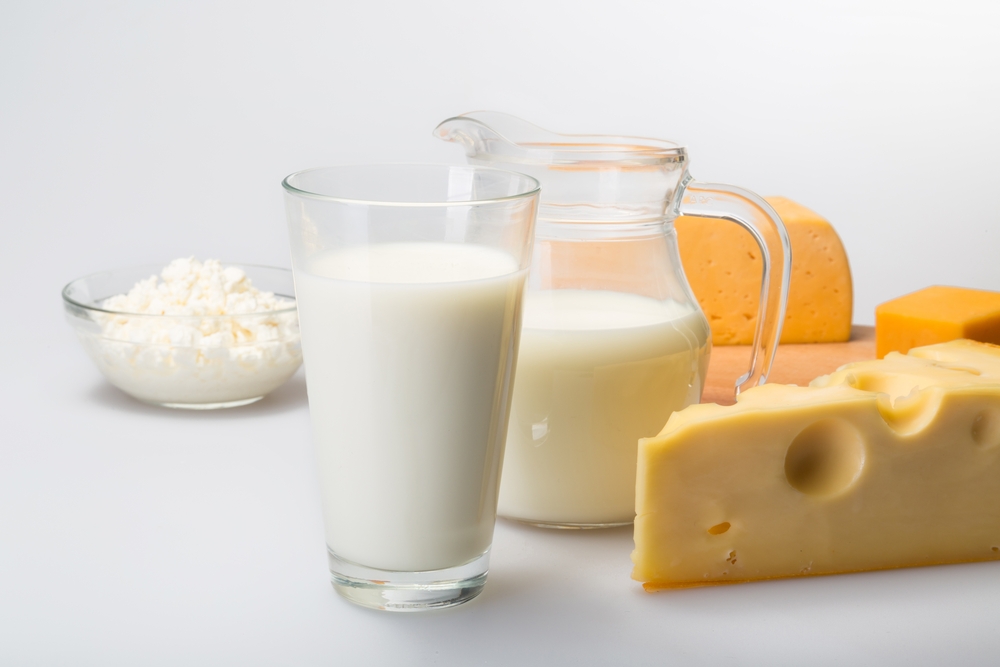Background: For the detection of bovine milk in foodstuffs, sensitive detection systems are required. Approximately 80% of bovine milk proteins are caseins. These heat-stable allergens represent the main fraction of bovine milk proteins. Bovine milk is one of the most important allergenic food ingredients, especially for children. Very low amounts of bovine milk can cause allergic reactions, which may lead to anaphylactic shock in severe cases. Because of this, milk allergic persons must strictly avoid the consumption of milk or foods containing milk. In particular, the risk of hidden milk proteins in foods such as sausage, cookies, ready meals or beverages represent a critical problem for milk allergic persons.
This analysis is intended to confirm the absence of Casein in food, rinse waters and swab samples.
Method
Apparatus
Turn Around Time
Sample Required – Product Samples
Sample Required – Rinse Water
Sample Required – Swab Samples
Type of Test
Reportable Units
Detection Limit – Product Samples
Detection Limit – Rinse Water
Detection Limit – Swab Samples
Romer Labs AgraStrip Casein
Romer Labs AgraStrip
Same Day for Swabs or 5-10 Business Days for Product
0.2 grams of a representative sample
0.5 mL Rinse Water
5cm x 5cm (25 cm2) or 10cm x 10 cm (100 cm2)
Lateral Flow Device; Test Strip
Product: ppm = mg/L or Swabs: µg/cm2
Lower Detection Limit: 1 ppm Casein
Lower Detection Limit: 0.06 ppm (60 ppb) Casein
Lower Detection Limit: 1 µg/25 cm2 or 0.25 µg/100 cm2 Casein
Analysis Description: Immunological rapid test in lateral flow format for the detection of Casein in food, rinse waters and swab samples (environmental samples). The extracted sample is transferred to an incubation vial that contains specific ready-to-use antibodies. If the sample contains Casein, an antigen-antibody complex will form. This is subsequently detected by the test strip.
Notes: This assay is not appropriate for food products which are known to contain Casein. If the sample contains more than 1% (10,000 ppm) Casein, the assay will be overwhelmed and give a false-negative result.
Sampling: Consideration must be taken that the food may contain an uneven distribution of Casein (spot contamination). It is important to provide a representative portion of food as only a small amount of material is tested.


